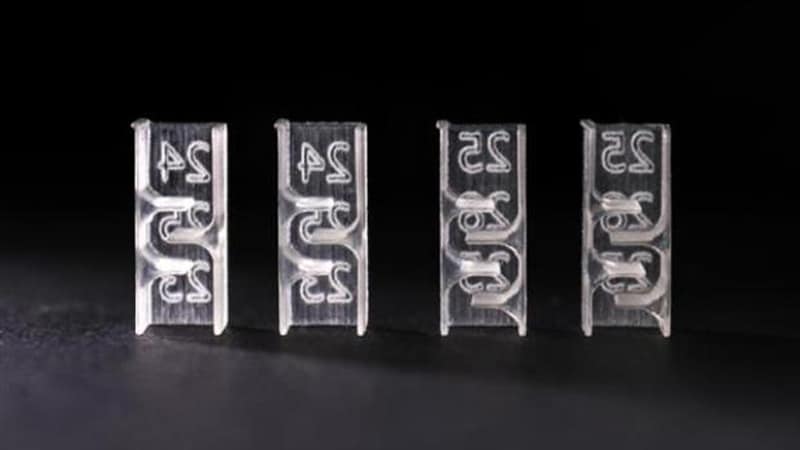Researchers at the University of Sussex have created 3D printed bricks that are used to create metamaterials. These metamaterials can be used to create sound hotspots that can monitor the direction of sound waves. This could be a big breakthrough for medical imaging and audio fraternity.
These printed blocks resemble the Lego kit more than some research project equipment. Professor Sriram Subramanian, Head of the Interact Lab at the University of Sussex said that they wanted to create devices that redirect and focus sound with the same ease which LCDs and projectors do to the light waves. The method adopted by the researchers has been published in Nature communications, where they explain how their findings are simple and cost-effective ways to create audio hotspots and ultrasonic haptics.
These 3D blocks work by a mechanism of the “coiling space”. The blocks can monitor the sounds by slowing them, redirecting them, and transforming them to varied kinds of sound fields.
These metamaterial made of 3D printed bricks can be used in numerous applications. From building an audio hotspot to fitting the device to the body of a patient to direct high-intensity ultrasound to destroy tumors in the body; it can be used in numerous fields.
Dr. Gianluca Memoli, also from the Interact Lab at the University of Sussex said that the metamaterial bricks can be 3D printed and then assembled together to create a sound field that can be used for a particular purpose. He further said that his team had demonstrated how the sound field could be achieved with only a small number of different bricks. Their metamaterial bricks could be easily used as a do-it-yourself acoustics kit.
The researchers are currently working on improvising the 3D printed metamaterials so that they can be reconfigurable. This could lead to the creation of better and affordable imaging systems.
